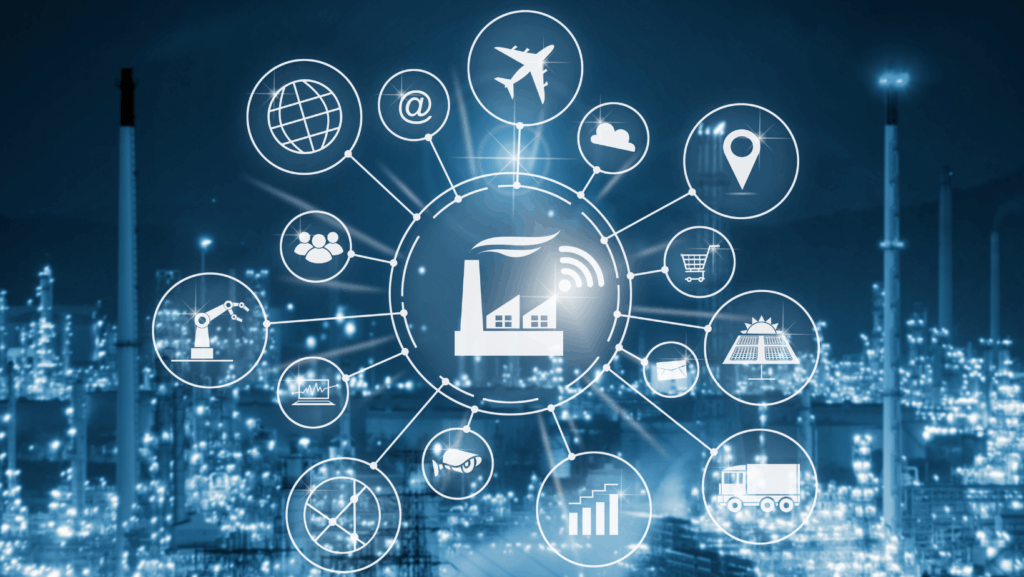Choosing the right travel technology for your business is all about streamlining processes, making travel simpler, and having a view of your activities to elevate your travel program. But in a world overflowing with shiny new gizmos and gadgets, how do you decide which travel technology truly matters?
The best options must not only integrate seamlessly into your business, but they must also provide a high level of security, be customisable and scalable so that they can adjust as your business develops.
The ABC of AI – what does it all mean?
It’s easy to be dazzled by shiny new travel technology, but making smart travel program choices means more than just adopting the latest tools.
When building your technology roadmap, you not only need to consider what innovations are involved, but also make sure that your TMC shares the same risk appetite that you do. Why? Because there are so many levels of Artificial Intelligence (AI) that are enhancing travel programs, you want to make sure you’re delineating between natural language processing (NLP), robotic process automation (RPA) and machine learning (ML) is a subset of AI that creates an intelligent travel ecosystem. Understanding these distinctions helps to decide which technology best aligns with your goals.
- NLP basically understands natural speech or text – for example, it allows a traveller to say, “Book me a flight to Cape Town tomorrow,” and have a compliant itinerary generated instantly.
- ML learns from historical data and personalises the experience – like when your OBT proactively suggests compliant alternatives or suggests a hotel based on preferences from previous trips.
- Meanwhile, RPA works behind the scenes to automate repetitive tasks like expense reconciliation, policy checks, and rebookings, reducing manual errors and admin time.
Together, these technologies shift travel management from reactive to proactive to enhance the entire traveller experience. The key is to find travel technology that leverages this technology in a compliant, corporate platform.
Top travel tech considerations for an end-to-end program
Here are the top five travel technologies available to enhance your program and free you up to focus on your business.
1. Booking – The power of an Online booking tool (OBT)
An OBT uses AI to book and manage business travel transactions in one easy, online location. It also helps to keep travellers compliant with clear highlighted price buttons, complemented by policy violation icons and text. After completing the reservation and going through any required approval processes, the booking and ticketing process are automated.
The best kind of OBTs these days are powered by AI, which enables your OBT to deliver a personalised user experience and ensures you’re looking at only the most relevant, in-policy, and best-priced travel options during the booking search. A well-implemented OBT will save up to 20% on travel spending. To achieve the maximum return on investment, you need to aim for at least 70% adoption.
2. Communication – Mobile applications
The fastest and easiest way for your travellers to stay up to date on their travel plans is through a travel app. Apps use AI and ML to deliver targeted communication and enable users to view itineraries, change their plans on the go, check in for flights, receive flight delay updates, gate changes, and cancellation notifications anytime, anywhere.
Some apps, like TripSource, include the option for company branding and specific messaging, including policy guidance.
3. Data management
Data is key to ensuring that you’re tracking your performance, from the point of purchase to payment, to reduce unnecessary costs and increase travel program compliance.
With the right analytics tool, you can manage important indicators like traveller behaviour, travel expenses, booking trends, and employee satisfaction, all of which are crucial for tracking program process and ensuring decision-making is proactive rather than reactive.
It’s also important to ensure you can track unique requirements – make sure your reporting tool can be customised to meet your individual requirements and can capture both online and offline transactions. In this instance, a key factor is how ML detects abnormal patterns.
4. Expense management
Expense management functionality helps to automate travel expense filing for business travellers and your finance department. NLP models read receipts and match items to cost centres or GL codes, while ML detects abnormal patterns like duplicate claims and flags out-of-policy bookings before reimbursement. The result is an automated process that classifies expenses and flags anomalies, saving time, streamlining the approval process, and enabling quicker reimbursement to your travellers.
5. Risk management
To manage traveller safety, you can introduce traveller tracking technology. These tools provide visibility into traveller locations and automatically send real-time alerts to travellers about dangerous situations based on their location.
It should also be able to track and communicate with out-of-office employees, even in remote areas with poor connectivity. This provides peace of mind for employees and travel managers alike.
Our team is here to help you identify the best solutions to improve your travel program.

